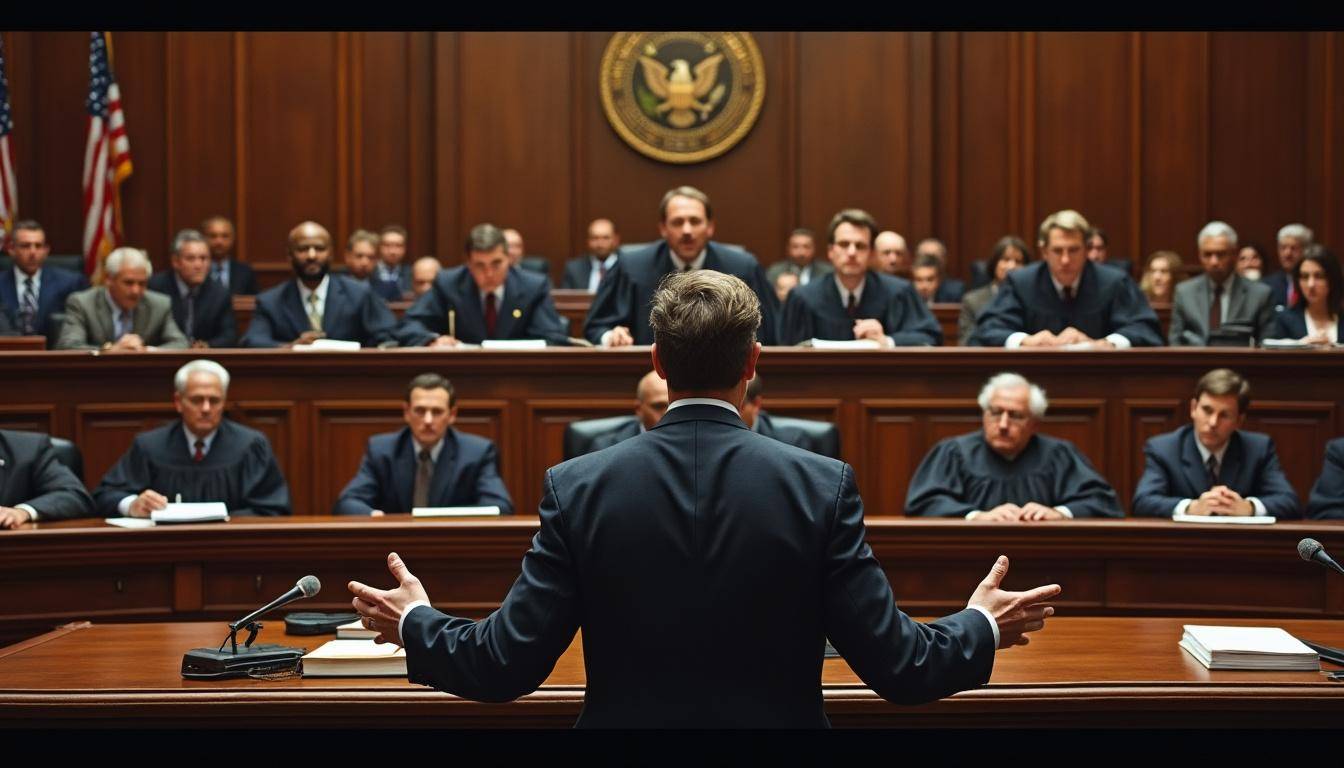In 2025, a Federal Appeals Court revived a $400,000 personal injury tort claims case that arose amid bankruptcy proceedings, marking a notable shift in how such claims are treated under bankruptcy law. The ruling underscores the ongoing impact of appellate review on tort claims within the bankruptcy framework, and signals a potential legal revival for plaintiffs navigating complex court proceedings. The decision also illustrates how litigation finance considerations may intersect with appellate strategy in high-stakes personal injury litigation.
Federal Appeal Revives $400K Personal Injury Tort Claims Amid Bankruptcy Proceedings
Opening overview: The 2025 decision by a Federal Appeals Court revived the personal injury tort claims tied to alleged abuses, reversing a lower court’s view that the allegations were limited to a mental health issue. The panel treated the claims as personal injury tort claims rather than non-tort mental health conditions, emphasizing the broader reach of tort theory within bankruptcy contexts and reinforcing the importance of appellate scrutiny in such outcomes.
Context and Impact: How Personal Injury Tort Claims Intersect with Bankruptcy Law
- Federal Appeal status: The ruling comes from an appellate panel, highlighting the role of Appellate Court review in determining whether tort claims survive bankruptcy proceedings.
- Tort Claims characterization: The court reaffirmed that certain abuse-related allegations may fall squarely within personal injury tort claims, not merely as mental health conditions, which affects where and how the claims can be pursued.
- Bankruptcy Law framework: The decision clarifies that personal injury tort claims can be treated as separate from the bankruptcy estate in some circumstances, raising questions about standing and jurisdiction under core proceedings rules.
- Court Proceedings strategy: For plaintiffs, the outcome demonstrates the importance of clarifying the nature of the claims early in litigation and potential appeals to preserve rights against the estate.
The decision also invites closer scrutiny of the standard used to classify claims as personal injury torts, prompting further discussion about how courts interpret the narrowest tests for tort eligibility within bankruptcy contexts. For readers tracking ongoing developments, this case forms part of a broader trend in which appellate courts reassess how tort claims are aligned with bankruptcy priorities and remedies.
Key Takeaways for Practitioners: What This Means for Appellate Review and Claims Litigation
- The ruling reinforces the authority of appellate courts to reclassify claims in bankruptcy cases, potentially altering the trajectory of Claims Litigation and recovery options.
- Defense and plaintiff teams should anticipate nuanced arguments about whether alleged injuries qualify as personal injury torts under 28 U.S.C. § 157(b) frameworks and related exceptions.
- Litigation finance considerations may influence how claims are pursued on appeal, especially in complex bankruptcy contexts where funding can affect strategy and timing.
- Judicial Review processes remain central to resolving disputes about the classification and treatment of tort claims during bankruptcy proceedings.
For practitioners, the decision highlights practical steps: delineate the nature of the injury, gather robust evidence tying the injury to alleged negligence, and prepare to defend or challenge the classification of the claim on appeal. Consider preemptive strategies to preserve remedies in district court if the bankruptcy plan could affect recovery.
- How does this ruling affect standing to pursue claims after bankruptcy is filed?
- What criteria did the appellate panel use to treat abuse allegations as personal injury torts?
- What are the implications for future appellate challenges to the classification of tort claims in bankruptcy?
Related Resources and Context: Connecting the Ruling to Broader Legal Trends
- Court Rules and Personal Injury Implications
- Workplace Injury Claims and Bankruptcy Interplay
- RICO and Economic Damages in Personal Injury
- New Personal Injury Firm Spotlight
- Negligence and Personal Injury Representation
- Alberta Appeal on Inquiries in Personal Injury
- RICO Accountability and Economic Damages
- SCOTUS and RICO in Personal Injury
- Anniversary Spotlight: Scotland Court
- Personal Injury Law Office Spotlight
- Energy Sector-Related Personal Injury Claims
- Court Awards and Injury Claims Trends
- Supreme Court Trucking and Injury Claims
- SCOTUS on RICO Damages in Personal Injury
- Personal Injury Awards and Divorce
- Supreme Court RICO Damages Overview
FAQ: Key Questions About the Ruling and Its Implications
-
How does this ruling influence the treatment of personal injury claims in bankruptcy cases moving forward?
The decision clarifies that certain allegations may be treated as personal injury tort claims, potentially allowing these claims to proceed in a manner distinct from purely mental health considerations within bankruptcy litigation. This could affect the strategy and timing of litigation, as well as the flow of potential recovery through appellate and district court review.
-
What role does the appellate court play in determining whether a claim is a personal injury tort?
Appellate courts assess how the underlying facts and legal standards align with established tort classifications, including whether the conduct at issue falls within a recognized tort category. The ruling demonstrates that appellate review can reframe a claim’s status, with significant consequences for jurisdiction and remedies.
-
Are there practical steps for plaintiffs to preserve their rights when bankruptcy proceedings are involved?
Yes. Plaintiffs should clearly articulate the nature of the injury, gather robust evidence linking the injury to alleged negligence or abuse, consider the implications of bankruptcy-related classifications early, and work with counsel to navigate potential district court and appellate pathways. Monitoring the evolving jurisprudence, including related rulings on RICO and economic damages, can inform strategy.
For further reading and related developments in this area, you can explore resources discussing the interaction between federal appeals, tort claims, and bankruptcy law, as well as broader discussions on judicial review and claims litigation in high-stakes personal injury cases.
